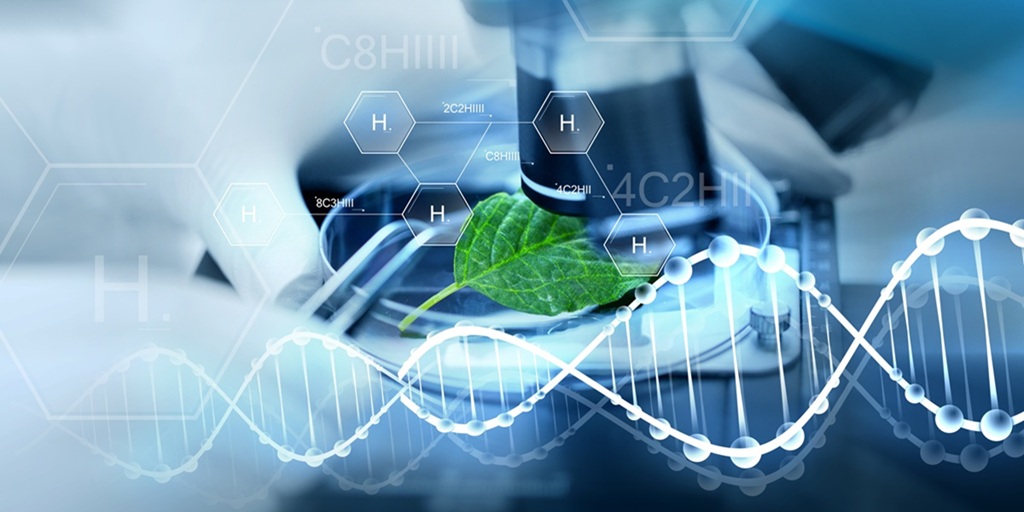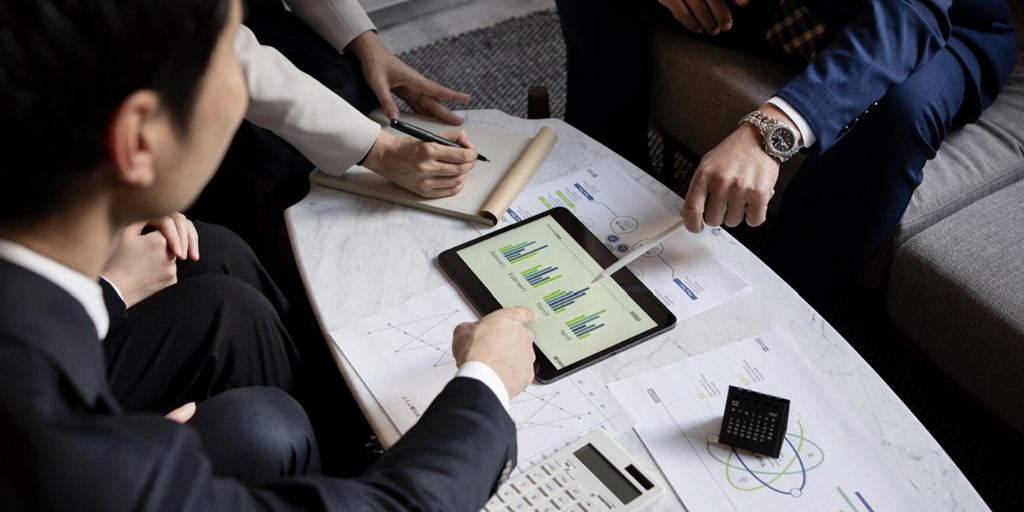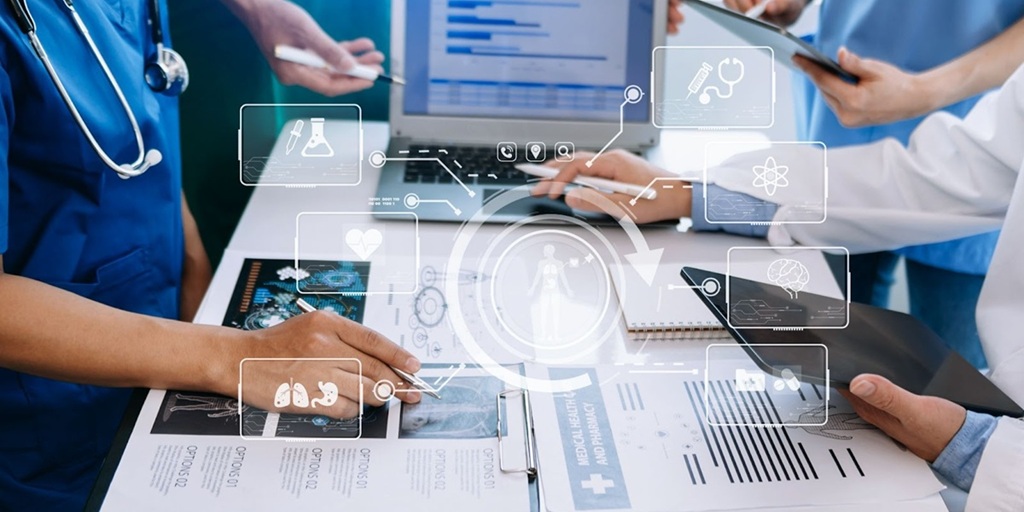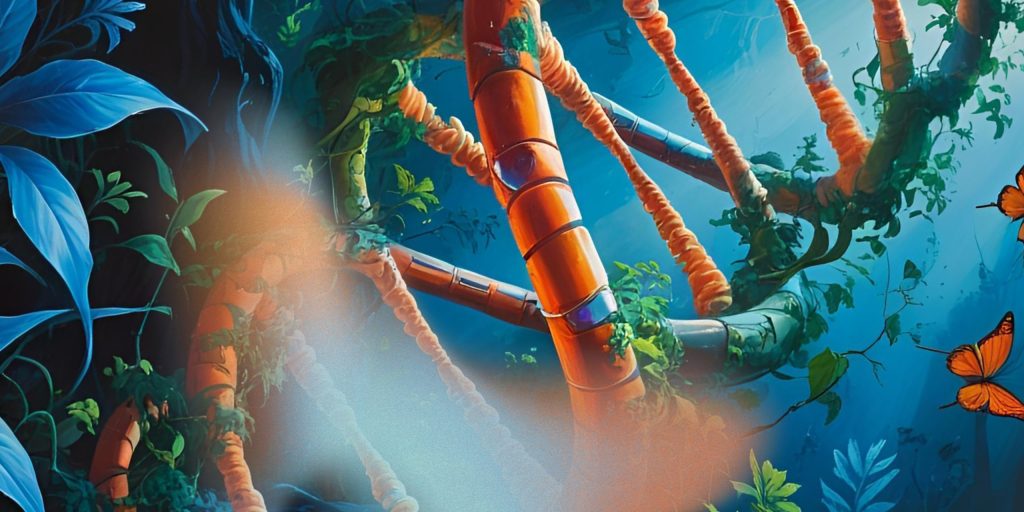
In Part 1 of this series, we explored how synthetic biology is revolutionizing sustainable development by transforming biology into a tool for engineering life. From generating renewable biofuels using palm oil waste and algae, to producing biodegradable plastics that combat the nation’s plastic crisis, and deploying engineered microbes for environmental remediation, the region is beginning to tap into its natural advantages, abundant biomass, biodiversity, and technical know-how. With real-world applications already underway and pilot projects gaining traction, synthetic biology is no longer theoretical. It’s a powerful enabler of cleaner energy, reduced waste, and greener cities. As we move into Part 2, we turn our attention to the growing ecosystem that supports this innovation, from startups and investments to policy frameworks and the exciting future that lies ahead.
Innovative Startups and Investments Driving Synthetic Biology
Crucial to the region’s synthetic biology growth is a budding ecosystem of startups, investors, and government support. In recent years, a new wave of biotech entrepreneurs has emerged, launching ventures aimed at solving challenges in agriculture, healthcare, and environmental sustainability, often through synthetic biology approaches. Some of these ventures originated in agricultural biotechnology, for instance by converting poultry waste like feathers into high-protein animal feed using enzyme-based processes, and are now expanding into synthetic biology to develop novel bio-based solutions for broader applications.
Another key contributor to the region synthetic biology momentum is an advancement of biotech startups that have reached unicorn status such as the diagnostics firm leveraging RNA-based technologies for early disease detection. The company has developed next-generation diagnostic assays using microRNA biomarkers with high sensitivity and specificity, especially valuable in the early detection of cancers and infectious diseases. Operating across Asia, the firm plays a dual role: delivering critical healthcare innovation while nurturing regional bioeconomy integration. Its progress illustrates how life-saving tools that also anchor biotech growth in emerging markets.
Other emerging players have gained attention for creating synthetic DNA-based diagnostic tools. These innovations rely on aptamers, lab-synthesized strands of DNA, to detect diseases more affordably and reliably than conventional antibody-based tests. While initially rooted in diagnostics, the underlying expertise in DNA engineering and molecular design provides a solid foundation for future applications in synthetic biology.
To support these growing ventures, government-led initiatives like the Bio-based Accelerator (BBA) programme offer critical funding and incubator support, including lab access, technical guidance, and commercialization mentorship. These efforts help bridge the gap between research and market-ready innovation, ensuring that promising ideas have the infrastructure and backing to succeed.
The Malaysian government’s strategic policies reinforce all these efforts. In 2022, MOSTI launched the National Biotechnology Policy 2.0 (NBP 2.0), which laid out an ambitious roadmap through 2030. Key targets include having biotechnology (which encompasses synthetic biology) contribute 5% of Malaysia’s GDP by 2030 and creating at least three biotech “unicorn” startups (companies valued over US$1 billion) in that time frame. These goals might have seemed far-fetched a few years ago, but they are already coming to fruition.
At the same event (the National Bioeconomy Showcase 2024), officials shared that over 520 biotechnology and bio-based companies have been established in Malaysia with cumulative approved investments of RM14.3 billion, contributing RM37.5 billion to GDP so far. These numbers reflect not just pharmaceuticals or medical biotech, but also agricultural biotech and bioindustrial companies, the arena where synthetic biology thrives.
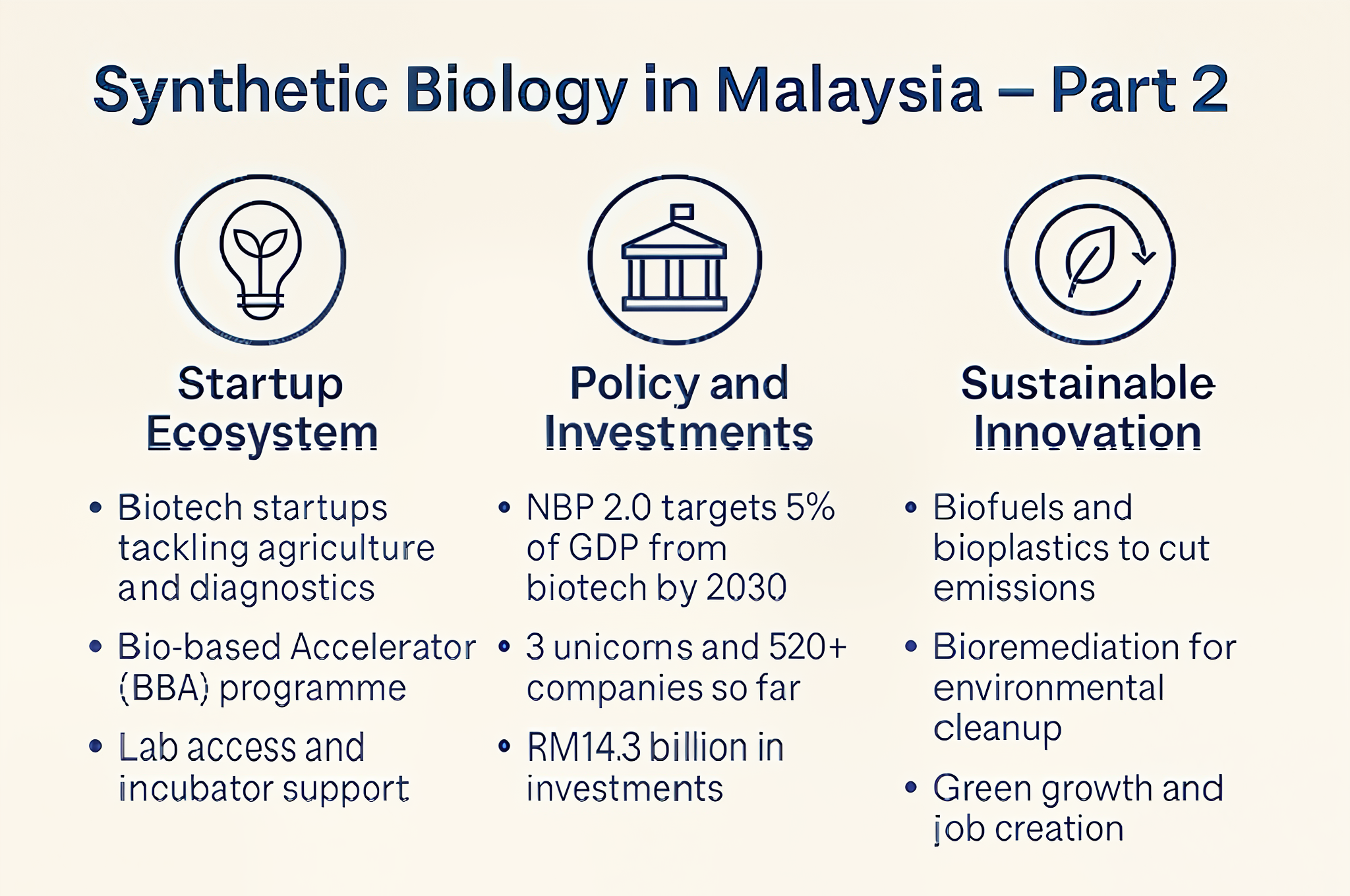
All told, the trend is clear: Southeast Asia’s synthetic biology ecosystem is gaining momentum. Generous government funding, visionary policies, committed investors, and passionate entrepreneurs are creating a positive feedback loop. Synthetic biology solutions that prove viable find support to grow, and their success in turn attracts more investment and talent into the field. It aligns perfectly with Malaysia’s broader strategy of moving up the value chain, instead of selling raw commodities or basic products, the nation can develop high-tech bio-based industries that are both profitable and sustainable.
The Way Ahead for Southeast Asia
From renewable fuels to biodegradable materials to environmental cleanup, synthetic biology is emerging as a key enabler of sustainable innovation in Southeast Asia. It leverages the region’s strengths, abundant biomass, rich biodiversity, a strong agricultural base, and human capital in science to solve some of our most pressing challenges in climate and environment. Crucially, it does so in a way that promises economic growth and new jobs, aligning green technology with national development goals.
There are of course challenges ahead. Scaling up biofuel production from lab to refinery, for instance, will require fine-tuning and ensuring cost-competitiveness with conventional fuels. Biodegradable plastics need supportive policies (such as green procurement and maybe carbon pricing) to compete with cheap petroleum plastics on price though consumer awareness is helping drive demand. Bioremediation efforts will need careful regulation to avoid unintended ecological consequences. And the field of synthetic biology itself must be approached with proper bioethical and safety oversight, to assure the public that these engineered organisms or products are safe for people and nature. The good news is that the region is not navigating these waters alone: globally, best practices and regulatory frameworks for synthetic biology are being developed, and Southeast Asia is plugged into international networks on bioeconomy policy.
What’s exciting is the sense of possibility in the air. Twenty years ago, who would have thought we could “program” cells like computers to churn out biofuel or eat plastic? Yet here we are, looking at those realities. Youths are increasingly interested in fields like bioengineering and environmental science, inspired by solutions like these. In Malaysia, the government’s outreach, as noted by Science Minister Chang Lih Kang, is bringing biotechnology into schools and public discourse. At events like Bioeconomy Showcase, the theme “Bioeconomy for All” underlines a vision that biotech and synthetic biology should ultimately benefit everyone, from rural smallholders who could profit by supplying biomass, to urban consumers who will enjoy cleaner cities and healthier lives
In the near future, we might see commercial flights running on algae biofuel, reducing aviation’s carbon footprint. We could have home-grown firms exporting PHA bioplastic pellets to the world, branded as a premium eco-friendly material. We may restore a polluted river using tailor-made microbes and showcase it as a success of Southeast Asia innovation in environmental tech. These scenarios illustrate the dual promise of synthetic biology: environmental sustainability and economic opportunity. For Southeast Asia, it means the chance to lead in the global bio-revolution while safeguarding our natural heritage.
Sources:
- The Edge Malaysia – Cover Story – The appeal of life sciences
- Business Today – Malaysia’s RM114 Billion Palm Oil Industry Charts Path To Profitable Sustainability
- S&P Global – Euglena, Petronas and Eni greenlight $1.3 bil biofuel production plant in Malaysia
- The Malaysian Insight – Malaysia a major plastic waste offender, report shows
- Journal (2023) – Sustainable Plastic Packaging in Malaysia
- RKC-MPD News – CM ECO: Greening Malaysia’s Food Packaging with Biodegradable and Compostable Products
- World Bank – Plastics Market Study for Malaysia
- Bioeconomy Corporation – National Biotechnology Policy 2.0 (NBP 2.0)
- Bioeconomy Corporation – NBiOSHOWCASE 2024 Announces First Biotech Unicorn in Malaysia: Attracts nearly RM3 billion foreign investment attracted.
- World Economic Forum – How countries are redefining their bioeconomy for the future
- Bioeconomy Corporation – NBiOSHOWCASE 2024 to Attract RM1.32 Billion in New Investments, 500 Job Opportunities In Biotechnology Industry


